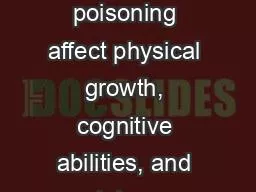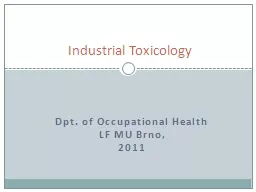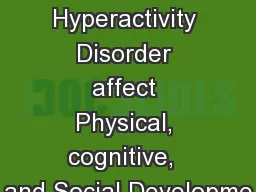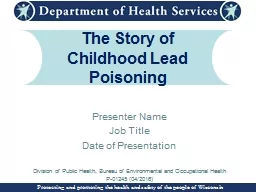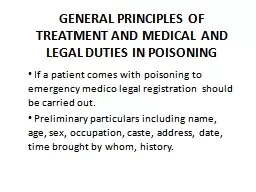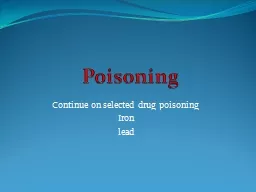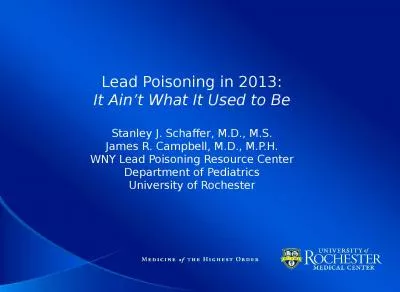PPT-How does lead poisoning affect physical growth, cognitive abilities, and social areas
Author : crashwillow | Published Date : 2020-08-26
By Summer Chenault What is lead poisoning Lead accumulates in the body throughout our lifetime It is more impactful on young children because of their body mass
Presentation Embed Code
Download Presentation
Download Presentation The PPT/PDF document "How does lead poisoning affect physical ..." is the property of its rightful owner. Permission is granted to download and print the materials on this website for personal, non-commercial use only, and to display it on your personal computer provided you do not modify the materials and that you retain all copyright notices contained in the materials. By downloading content from our website, you accept the terms of this agreement.
How does lead poisoning affect physical growth, cognitive abilities, and social areas: Transcript
Download Rules Of Document
"How does lead poisoning affect physical growth, cognitive abilities, and social areas"The content belongs to its owner. You may download and print it for personal use, without modification, and keep all copyright notices. By downloading, you agree to these terms.
Related Documents

